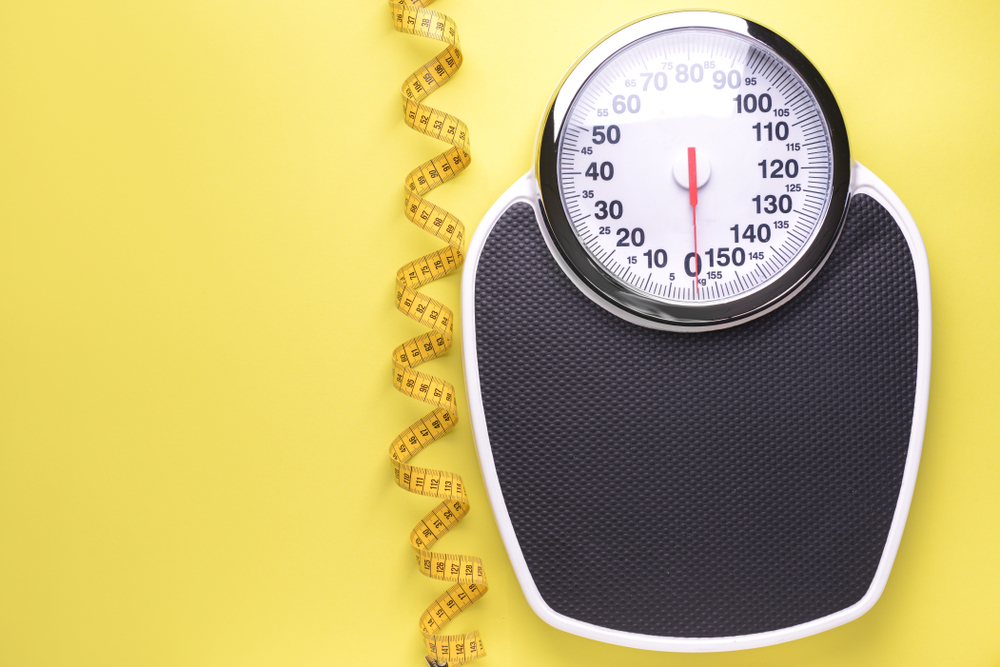The World Health Organisation is advising adults to pay more attention to their health. One of the health problems it wants to warn about is obesity (which can go as far as morbid obesity).
This can be a serious life-threatening problem. To know where you stand, it is good to take a close look at your BMI, so that you can adjust your physical activity and diet. Here is what you need to know about this nutritional basis in order to do something positive for your health.
What is BMI?
BMI is a measure of a woman's or man's body weight. To do this, the square of the person's height and weight are used.
BMI is also called Quetelet's Index. The World Health Organisation has used the BMI since 1997 to determine whether a person is overweight or massively obese. A BMI above the so-called normal threshold indicates a risk of being affected by cardiovascular disease, among other health problems.
What BMI indicates
BMI provides information about a person's body weight. This can be normal, moderate or even morbid or massive.
It should be noted that the number can change depending on the person's own body composition. For example, if they are muscular, they may well have a high BMI because of the weight of their muscles.
However, this does not mean that the person is overweight, as an athlete is very careful not to put on weight in order to stay in top shape. In these conditions, a person's BMI can be very different, depending on whether he or she is an athlete or not.
It also concerns people with an inverse weight problem, i. e. below the weight they should be, in relation to their height. Here, the BMI can be used to detect underweight.
BMI in children and adolescents
Note that a BMI can also be calculated for children and adolescents. Here it is used to check for proper growth, but also to detect weight-related problems.
The BMI can also be calculated to detect possible underweight (child or teenager too thin for their height and age). The following data are used for the calculation: weight, age, height in cm and sex.
The importance of BMI
The BMI, or body measurement index, is used to detect whether a woman or a man is at potential risk to their health because of their weight. To determine this, the following data are used: the person's height in centimetres and their weight. A simple mathematical formula is used to calculate whether a BMI for women or menis good.
Generally, a person whose BMI exceeds the recommendation of the'OMS is suffering from abdominal obesity in the first instance. This form of obesity is a high risk factor for cardiovascular disease, as abdominal fat is difficult to remove.
The person may have massive obesity, or morbid obesity. The BMI
calculation is often a first means of detecting the level of obesity in
question.
The greater the body weight gain, the more obesity gains
ground.
BMI of pregnant women
Pregnant women are one of the groups that must take care to keep their BMI within the norm. Indeed, the mother-to-be, through her diet, is going to feed both herself and her child.
Therefore, she must follow a diet adapted for the pregnancy, and not overeat, as she risks seeing her BMI increase without the child really benefiting from this extra food.
As pregnant women will also gain weight throughout their pregnancy (which is normal), it is in their interest to pay attention to their diet throughout their pregnancy.
Once the baby is born, the young mother will have to lose the weight gained during the 9 months of gestation in order to regain her pre-pregnancy BMI. To calculate this, the pregnant woman must use a specific calculation formula.
How to calculate your BMI?
BMI is calculated using a mathematical formula, which consists of dividing the square of the height by the weight in kilos.
For example, if a person is 50kg and 5ft tall, multiply 1. 5 by 1. 5 (which gives 2. 25). Then divide 50 by 2. 25. This gives 22. 22. . . This person therefore has a BMI of 22. 2 and a normal body shape corpulence.
A BMI is interpreted in this way:
- below 16, it indicates anorexia or that the person is undernourished;
- greater than 16. 5, but less than 18. 5, indicates that the person is thin;
- between 18. 5 and 25, it indicates that the person is within the norm;
- between 25 and 30, it indicates overweight;
- greater than 30, but not exceeding 35, it indicates a state of moderate obesity, class 1;
- greater than 35, but not exceeding 40, it indicates a state of high obesity, class 2;
- finally, when the BMI is greater than 40, it is referred to as morbid or massive obesity.
Depending on the case, it may be necessary to reduce one's weight in kilos to improve one's health. This will effectively help to reduce abdominal obesity. Determining the BMI calculation is therefore interesting, to make people aware of being overweight and act accordingly.
How to get a correct BMI?
After performing the BMI calculation, when it indicates a result greater than 25 (overweight or obese), it is important, for our health, to do what is necessary to regain the ideal weight, in relation to our height. Only then can we have a correct body weight.
The value of returning to this weight is not to be overlooked, since our general health depends on it. Excess weight increases the risk of heart disease, stroke and joint pain. In addition, there is also a non-negligible risk of developing diabetes, and being overweight can also lead to cancer.
What you can do to have a normal body shape
To avoid all this, it is therefore essential to do what you can to get back to your "healthy weight", as quickly as possible, but in an effective way. To do this, you need to increase your physical activity, which can be done easily by walking more every day (at least half an hour).
It is also advisable to return to sport gradually, after a long period without any sporting activity at all, in order to reacquaint the body gradually.
In addition, the body composition of an individual can also play a role when resuming a sporting activity. Indeed, a person with a high BMI may have more difficulty performing certain movements.
There is no point in trying to do too much all at once, the important thing to get back to a good weight is regularity. Once the body has recovered, it is possible to increase the effort. Sport is not only good for your fitness, it also improves your morale and releases endorphins.
Prefer a healthy diet
Another point to consider is diet. It is strongly recommended to review one's diet, completely. For this, we privilege fruits, vegetables, proteins, everything that is healthy and balanced.
It is also necessary to reduce (or even eliminate at best) all industrial food, which is harmful to our health, and which contributes to increasing our BMI without our seeing it. These dietary changes will also have a salutary effect on our general state of health.
To conclude
In conclusion, the BMI calculation is important and highly recommended, as it helps to achieve an ideal weight. All you need to do is change your diet (healthy food, better for your health) and move more (walking and regular sports activity). These two reflexes, which are easy to implement, should be taken before a BMI that is too high can cause health problems.








